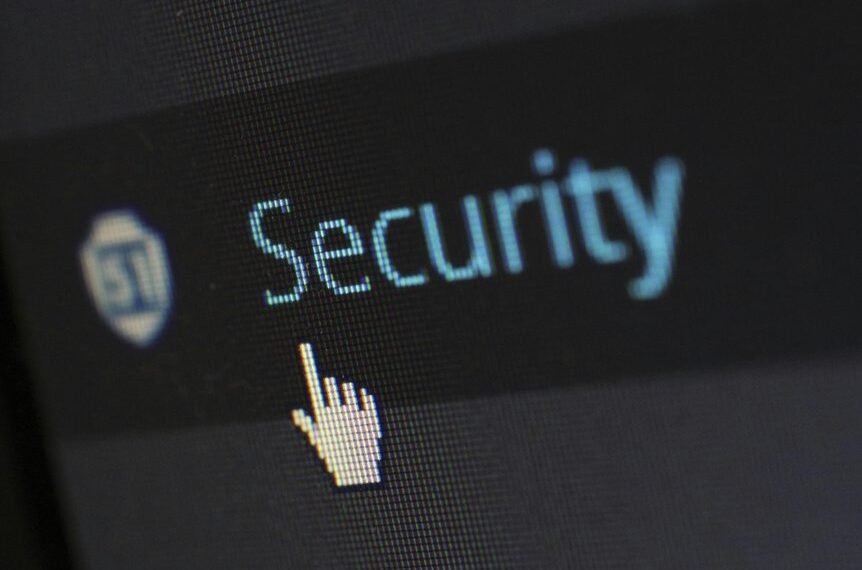You might think that communication threats are overhyped, but they can significantly impact organizational resilience. The Communication Threat Evaluation Taskforce employs rigorous methodologies to identify and mitigate these risks effectively. By understanding the critical issues at stake, you can appreciate the role of advanced technology in safeguarding sensitive information. What specific strategies does the taskforce use to ensure communication integrity, and how can these practices enhance your organization’s trustworthiness?
Objectives of the Communication Threat Evaluation Taskforce
The Communication Threat Evaluation Taskforce aims to identify, assess, and mitigate risks associated with communication channels in various environments.
Its primary objectives include developing effective communication strategies that enhance resilience against threats, establishing robust assessment frameworks, and promoting awareness of potential vulnerabilities.
Methodologies Employed for Threat Assessment
While assessing communication threats, various methodologies are employed to ensure a comprehensive understanding of potential risks.
You’ll engage in threat identification to pinpoint specific vulnerabilities, followed by rigorous risk analysis to evaluate the likelihood and impact of each threat.
These systematic approaches enable you to prioritize and address the most critical issues, fostering an environment that values open communication while safeguarding against potential dangers.
Role of Technology in Enhancing Communication Security
As organizations increasingly rely on digital communication, leveraging technology becomes essential for enhancing communication security.
Encryption advancements play a crucial role in safeguarding sensitive information, ensuring that only authorized parties can access data.
By implementing these technologies, you can significantly bolster digital privacy, mitigating risks associated with cyber threats.
Ultimately, prioritizing these tools empowers you to maintain secure and confidential communication channels.
Impact on Organizational Communication Integrity
Ensuring communication integrity within an organization hinges on the effective implementation of security measures; without them, sensitive information is vulnerable to breaches and misinformation.
Communication breaches undermine trust and hinder information transparency, leading to inefficiencies and potential legal repercussions.
Conclusion
In conclusion, the Communication Threat Evaluation Taskforce plays a pivotal role in safeguarding organizational communication. With a staggering 70% of businesses experiencing a communication-related breach annually, the need for robust threat assessment methodologies is clear. By integrating advanced technologies like encryption, the taskforce not only mitigates risks but also enhances overall communication integrity. This proactive approach ensures that sensitive information remains secure, ultimately fostering trust and resilience within the organization.



